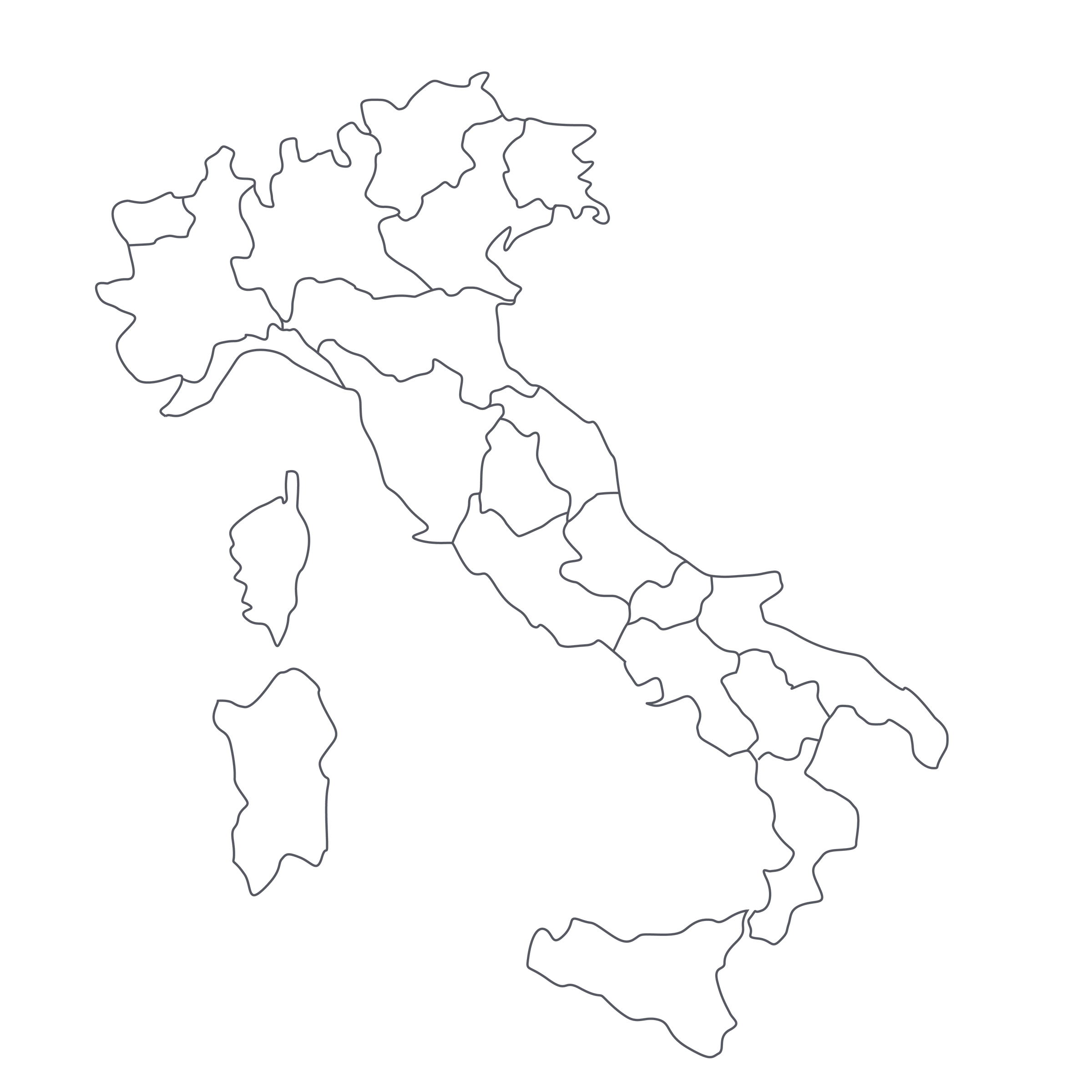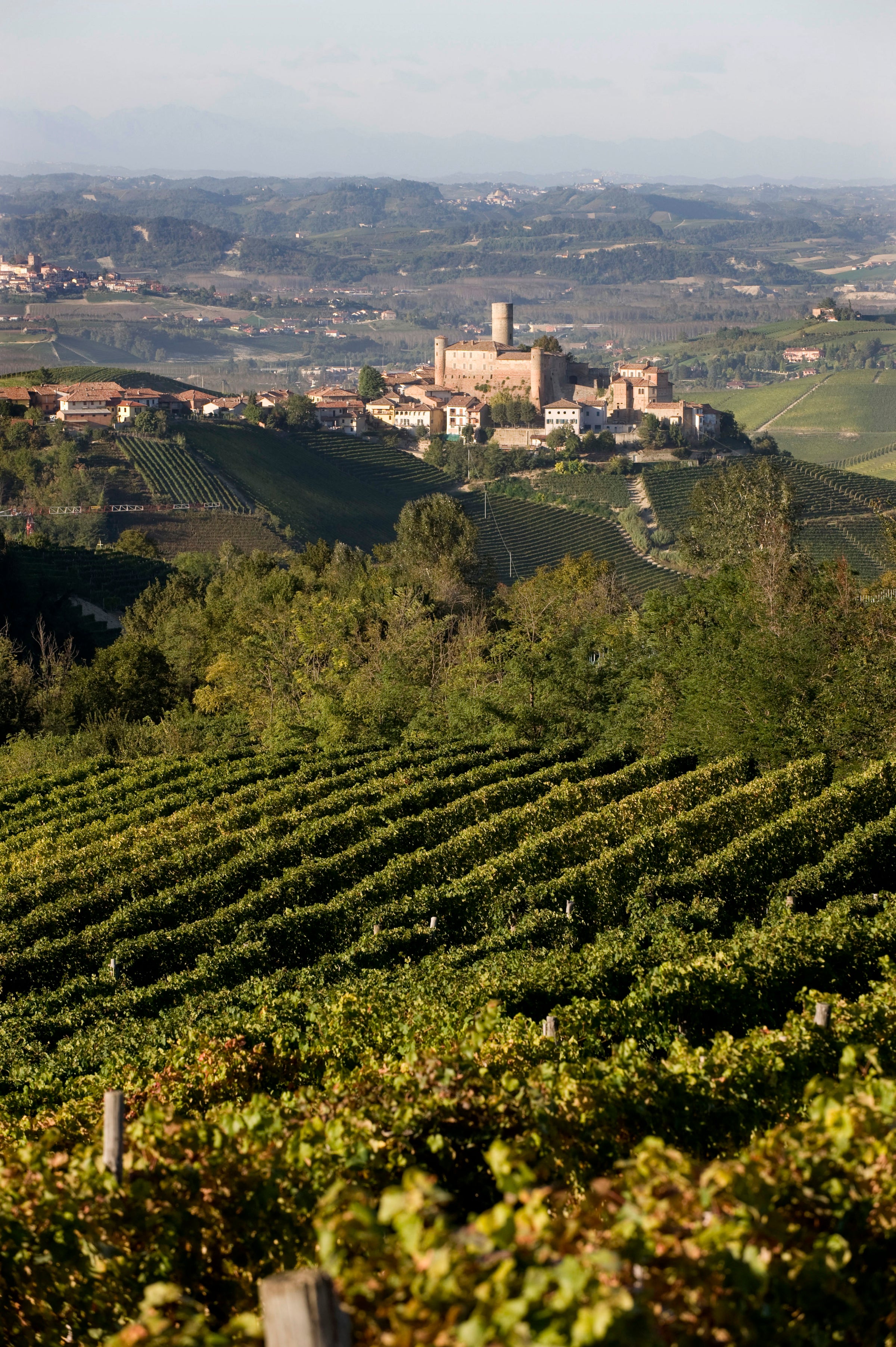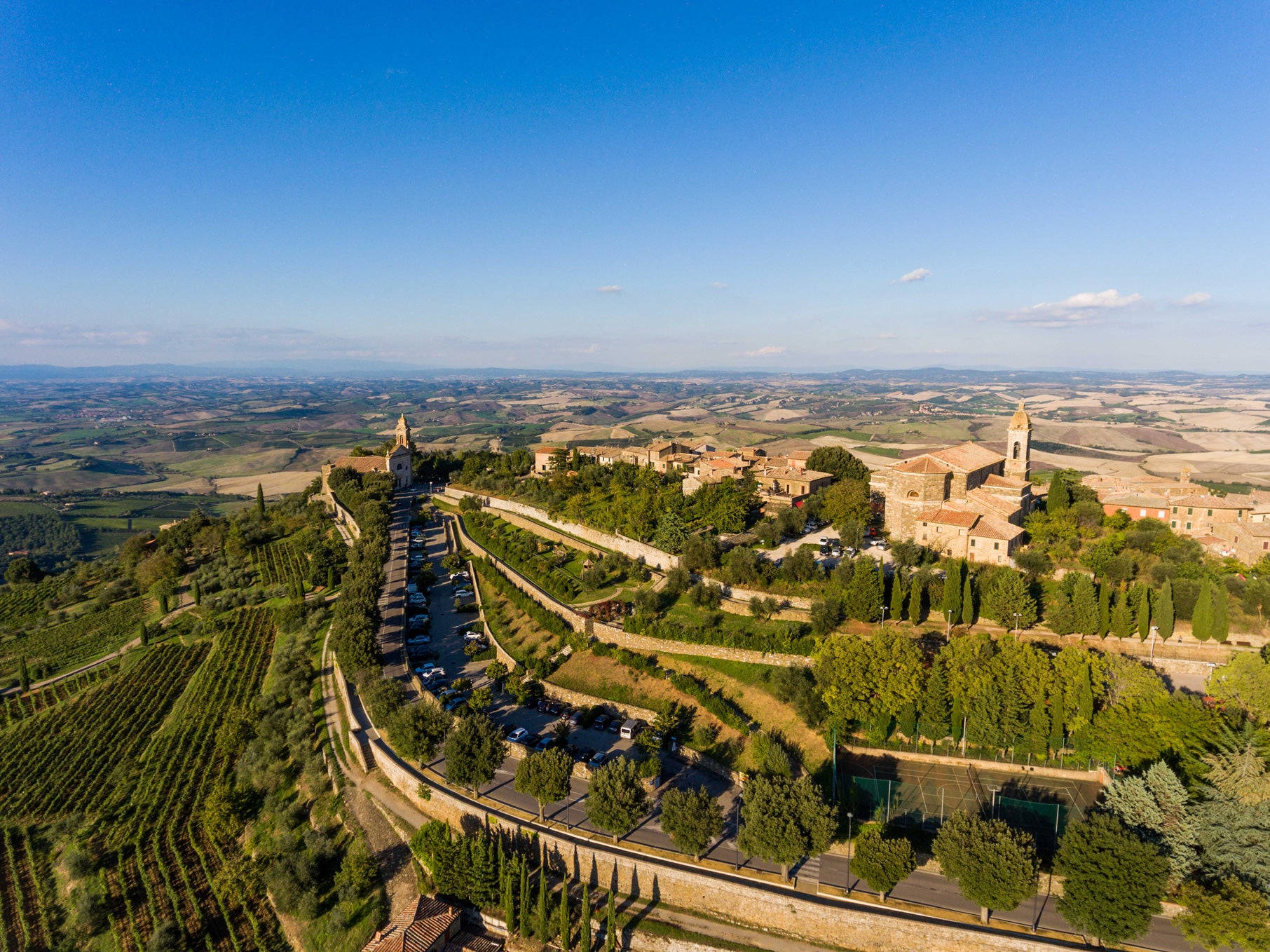When I was first getting into Italian wine many years ago, there wasn’t much aged Taurasi in the market. Located in central Campania, in the shadow of the Apennine Mountains, Taurasi had plenty of history and renown as a wine region, but only one major commercial entity—the famed Mastroberardino. This was the case in lots of the poorer wine regions of the Italian south, but it changed in a big way in the 1990s with the entry of “new” producers like Salvatore Molettieri.
Although his family history in wine runs deep, Molettieri didn’t start bottling estate wines until 1988, so it’s only recently that we’ve been able to see how this stuff ages. Today, we’ve got an answer for you: It ages well. Like, Jack LaLanne, still-pumping-iron-in-his-90s well. Today’s 2009 isn’t the first back-vintage Molettieri we’ve gotten access to, but it’s among the oldest, and it’s a must-have for anyone who loves classic Italian wines. It leaves no doubt that its featured grape variety, Aglianico, belongs right alongside Nebbiolo and Sangiovese on Italy’s native-grape mountaintop. It finds this fascinating stylistic groove somewhere between aged Barolo and aged Bordeaux, although there’s a smoldering wildness and tamed ferocity that is wholly its own. Which is to say: It’s a killer aged Taurasi. Now that we’ve gotten a taste, we’re desperate for more!
Although Sicily’s Mount Etna has lately stolen some of the spotlight, Taurasi is still the premier red wine appellation of the Italian south. It covers a relatively small section of the Irpinia region of central Campania—about 50 kilometers east of Naples, but, terroir-wise, a world away. Irpinia is the start of the climb into the Campanian Apennines, with vineyard altitudes typically averaging around 400 meters in thickly forested hillside sites (chestnut groves are another key feature of the region). The soils are a mix of calcareous (i.e. limestone) marls and volcanic deposits, and it’s the latter that the great Aglianico-based reds of the south really speak to: There’s a brooding, smoky, deeply mineral structure to Aglianico that can be downright ferocious, more forbidding in some cases than young Barolo wines from Piedmont. One of Aglianico’s distinguishing features is its nearly unrivaled concentration of anthocyanins—the phenolic compounds that intensify color pigmentation and tannin.
Along with his son, Giovanni, a trained enologist, Molettieri now farms 13 hectares of vineyards in the village Montemarano, including the “Cinque Querce” (“five oaks”) vineyard, which reaches to 550 meters of elevation. The cool microclimate and limestone/clay soils allow for a long, slow maturation of the late-ripening Aglianico, the harvest of which can sometimes extend into November.
As lovers of Aglianico know, this is a variety in which everything is turned up to 11: color, flavor, tannin, acid, body. The 2009 Cinque Querce was bottled as a riserva, meaning it spent 60 (!) months aging in a mix of large-format casks (30-, 50-, and 80-hectoliter) and French oak barriques. Then it was aged six months of bottle aging before release, meaning this wine first went on sale sometime in 2014/15; it was likely an inky, tannic beast back then, but oh, what a difference a few years can make!
Even now, there’s plenty of muscle and youthful vigor on this 2009. The color remains a nearly opaque ruby-black, though there’s noticeable oranging at the rim. Powerful aromas of black raspberry, Morello cherry, pomegranate, leather, tobacco, wild herbs, graphite, cocoa powder, and forest floor carry over to the dense, full-bodied palate. Aglianico’s notorious tannins have softened considerably, while the aromas become more heady and profound as the wine takes on air. Keep going back to this and you’ll keep finding something new, and despite its powerful structure you won’t find yourself weighed down—especially if you pair it with a hearty winter meal and serve it at a cool 60-65 degrees in large Bordeaux stems. Decant it about 30 minutes before service, watching for sediment, and pair it with braised lamb shanks. It’s really singing now but will continue to delight over the next decade. Stock up accordingly!









